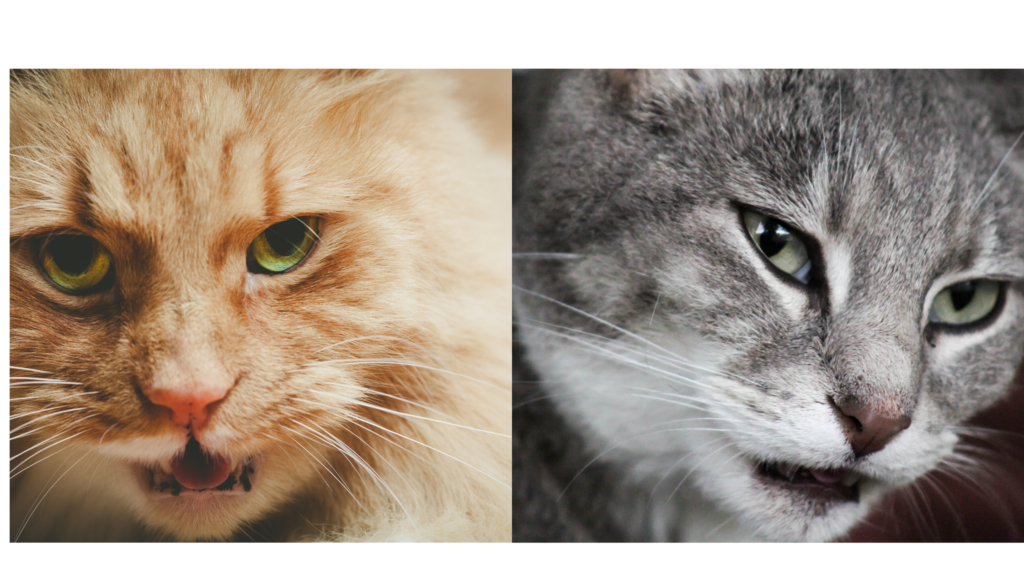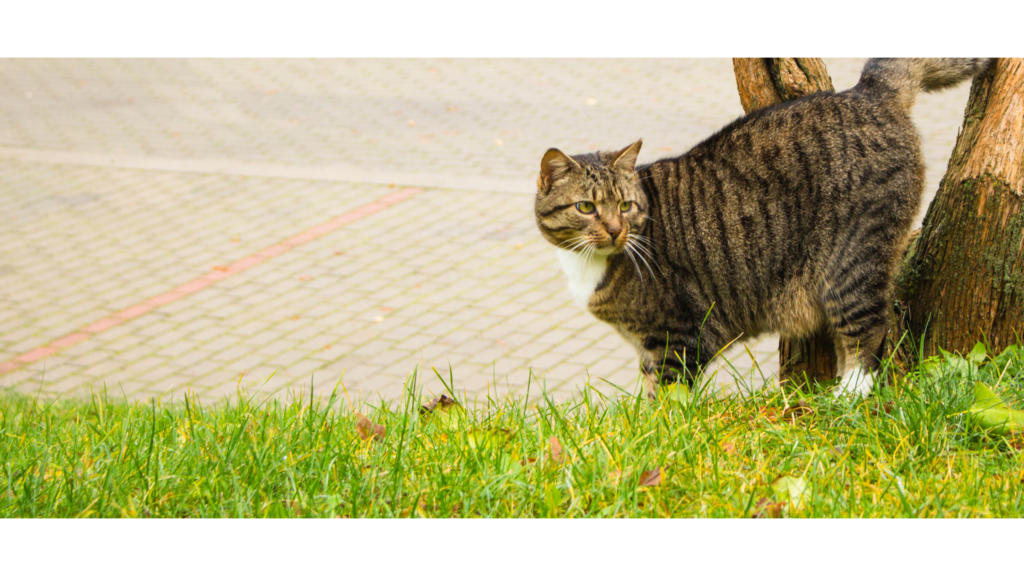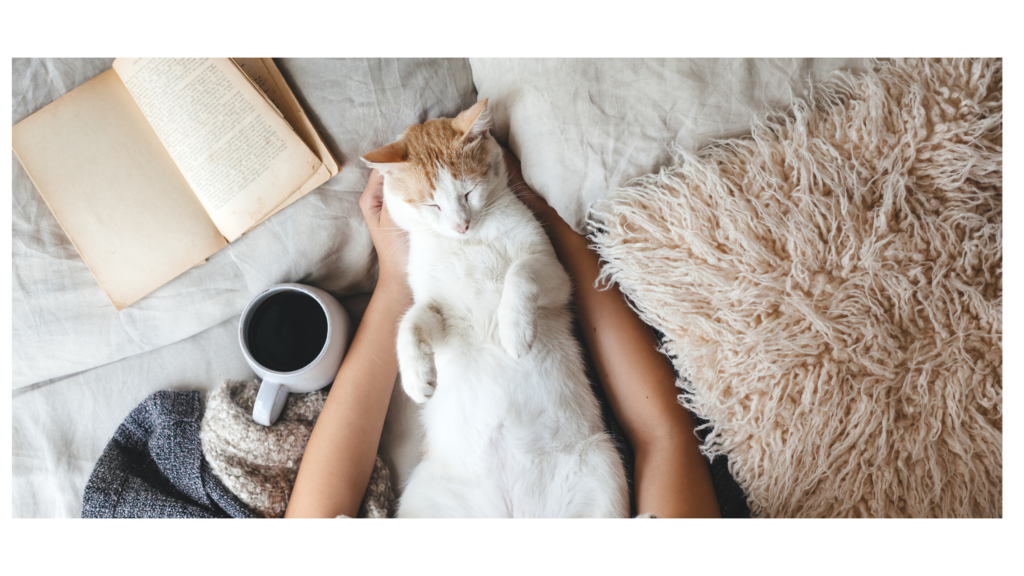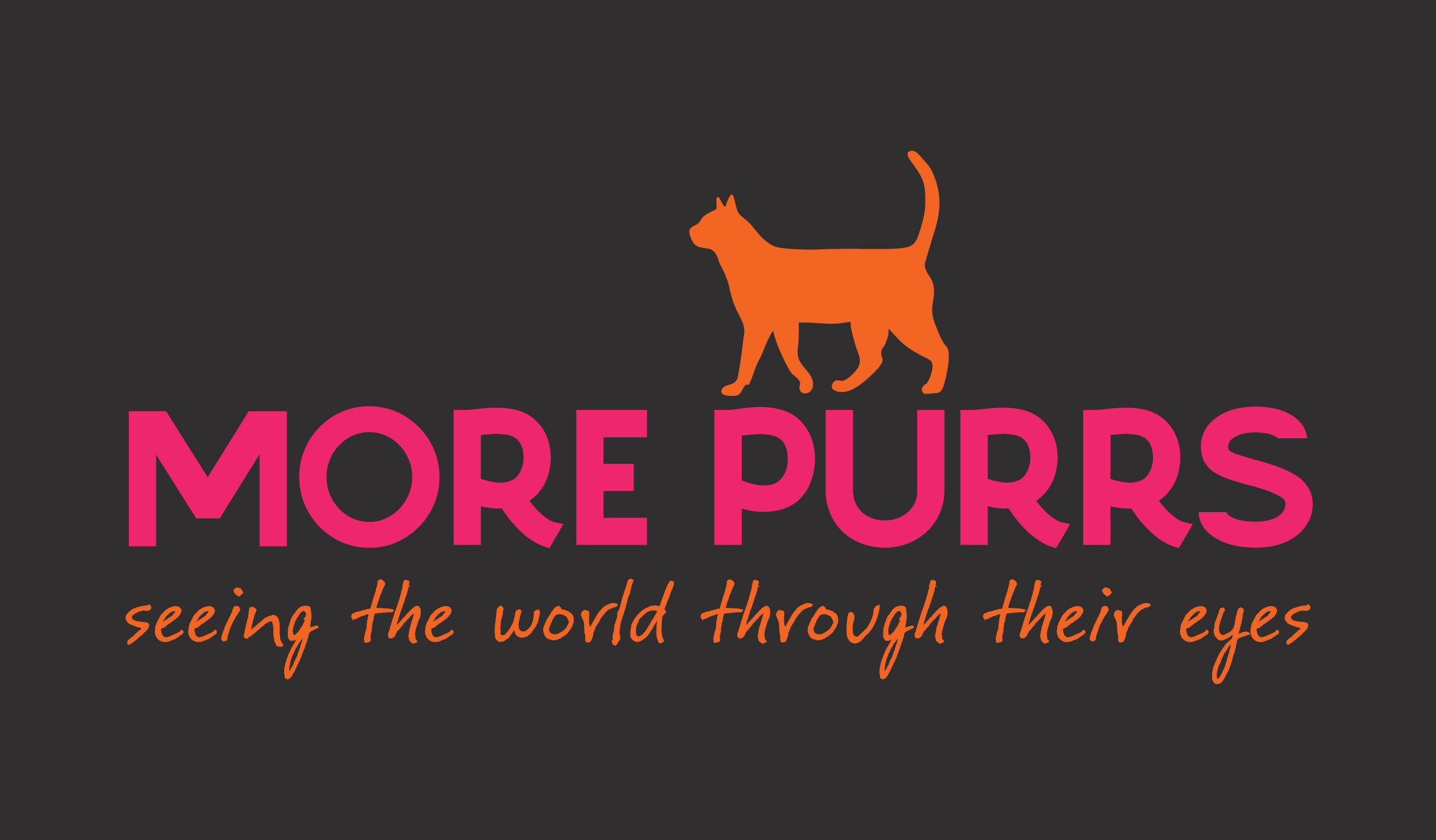The Secret Language of Cats…
All cats sniff and rub things (and people) around the house, but not all owners really understand why.
This post offers a fascinating insight into your cat’s world (through their eyes) and you won’t be disappointed! You’ll soon be able to connect with your cat on a whole new level and their quirky little ways will start to make much more sense!
By taking the time to read this article, you are honouring your cat in the most amazing way and here at More Purrs, we salute you!
My favourite cat quote is written by John Bradshaw, in his superb book Cat Sense. I love this quote because it captures the most important lesson for us to learn about cats. They are not human. Yet, we often forget this and expect our furry friends to know, respect and abide by all of our human house rules. Crazy eh?
“Our understanding of cats must start with a healthy respect for their essential natures”
J Bradshaw (2014) Cat Sense
Ok, are you ready to ‘think cat?’
As cat owners, I’m sure you’ve seen you cat spend a lot of time sniffing and rubbing things within the home and garden. But do you really understand why or how important it is?
You have observed your cat participating in a unique and very sophisticated communication system – far more superior than blogs and zoom meetings! All cats instinctively deposit and interpret chemical signals which give clear messages to other cats. These chemical signals are pheromones and they are the science behind this fascinating feline world.
A communication system exclusive to cats (and kittens)!
This communication system is exclusive to the cat community. No other species or human being can detect or interpret the pheromones.
Cats produce and deposit pheromones from nine areas of their body! Your cat uses the vomeronasal organ (which is located in the roof of their mouth) to detect and interpret these pheromones. This reaction to a scent is known as the Flehmen response.
What is the Flehmen response?

Your cat uses the Flehmen response to interpret (or decode) the pheromone (chemical signal) via their vomeronasal organ. This is a distinct reaction in which the mouth opens and the top lip rolls up (as shown in pics). During this process your cat is transferring a scent up to the roof of their mouth to the vomeronasal organ. This is like having an extra sense (somewhere between taste and smell).
By using this amazing sixth sense, your cat is able to decode a detailed picture of the environment and any potential threats. The first time I saw the Flehmen reaction was when I moved house. My cat was exploring the new environment (which another cat lived in before) which now makes absolute sense!
How do cats deposit these signals?
Facial rubbing – cats use different parts of their head to rub prominent objects such as the corners of furniture, doors, plant pots, shoes, handbags and humans! Secretory glands are located on their cheeks (Cheek gland), chin (Submandibular gland), corners of the mouth (Perioral gland) and the temple areas (Temporal gland)
Scratching – cats release pheromones when they scratch items such as; trees, fences, furniture, carpets, wallpaper or purpose built scratching posts. Secretory glands are located on the pads underneath the cat’s paws (Plantar Pad glands) Check out this article to learn more about why cats scratch things in the house.
Tail Wrapping – cats may brush or wrap their tails around objects, people or each other to deposit pheromones. The glands are located along the base of the tail (Caudal glands)
Urine Spraying – cats sometimes leave messages for other cats by spraying urine (Urogenital area) against walls, fences, buildings, hedgerows or plants. If they feel that their home territory is under threat they may also spray indoors. My cat sprays against the same hedge every day – this is likely to be a warning to other local cats who often pass through! It’s a myth that cats don’t spray after they’ve been neutered (although neutered cats are likely to spray less).
Middening – this occurs when cats deliberately leave faeces uncovered (for another cat to find). These pheromones are released from the anal sacs (Perianal area)
Exposed Mammary Sulcus – A nursing mother releases pheromones from secretions around the nipple areas (intermammary sulcus).
The messages…
Some pheromones are warnings of territorial ownership, which if ignored could result in dangerous confrontation!
Cats can interpret messages about territory and combine this with odour identification to determine the familiarity, gender, sexual maturity and fitness of the depositor. This information is important for cats who are keen to avoid encounters with another cat. It is also useful for cats who are seeking a mating partner (the cat can even detect whether the depositor is a relative, thus avoiding inbreeding)! Clever stuff eh!
Cats who feel happy and safe may deposit reassuring pheromones on items (or people) that they’ve ‘checked out’ and approved!
Messages can also be soothing, such as the ‘appeasing’ pheromone which nursing mothers release to support a calm and harmonious presence amongst kittens. This helps the kittens to build confidence and feel secure with each other.
Example 1
A cat, walking along the edge of a garden stops suddenly to inspect the hedgerow… they can smell urine from another cat. This smell was detected by the cat’s exceptionally good sense of smell (which is far more superior than ours!) At this stage the cat has simply identified the smell of the urine (which only reveals half a picture)!
The cat decides to closely examine the odour by performing the flehmen response.
Depending on the interpretation, the cat will choose how to respond. This might be backing off all together, spraying over the top or proceeding with caution!

Example 2
A cat walks into a lounge, welcomes a quick fuss before rubbing it’s face against the corners of a coffee table (it might look like they are using the table to scratch an itch!). Next they brush past an armchair and repeat the face rubbing on the corner of the chair, before disappearing upstairs. In this example, the cat feels comfortable and deposits their happy, reassuring pheromone. The same cat is likely to sniff and re-rub these familiar/safe items regularly.
Important note for humans!
By understanding the importance of your cat’s sensory world, you can probably sympathise with the stress some experience at home. You can now imagine how strong air fresheners & frequently moving/polishing furniture can be unsettling for your cat. It helps to be mindful of this if you are passionate about your cat’s happiness. To clarify, I’m not saying you can’t polish the coffee table ever again – just maybe leave your cat’s favourite corner…

Stressed and anxious cats
A scientific creation of synthetic pheromones (an exact copy of those released by cats) is available to buy. This can be an enormous help for cats who are struggling with any type of emotional stress or anxiety.
Feliway products are 100% safe for humans & all other animals (the pheromones have no scent and can only be detected by cats). There is no risk whatsoever of your cat/kitten absorbing too much (pheromones are not a drug).
You can explore the full range of products on the Feliway for Cats website. Feliway products enable you to comfort your cat by releasing soothing and reassuring messages in the home. I have used the Feliway Friends Diffuser & Feliway Classic Diffuser on multiple occasions (when introducing a new cat and during a difficult time when moving to a new house). In addition, I always add a few sprays of Feliway Classic Spray to the cat carrier, 15 minutes before a trip to the vet for extra reassurance. Feliway Classic is also a great comforter on and around Bonfire night which is often distressing for cats.
Feliway’s website offers superb information about each product and provides responsible guidance about when they should and shouldn’t be used.
On behalf of More Purrs & your cat,
thank you for reading this post!


That was really revealing , thank you.
Thanks Alex!